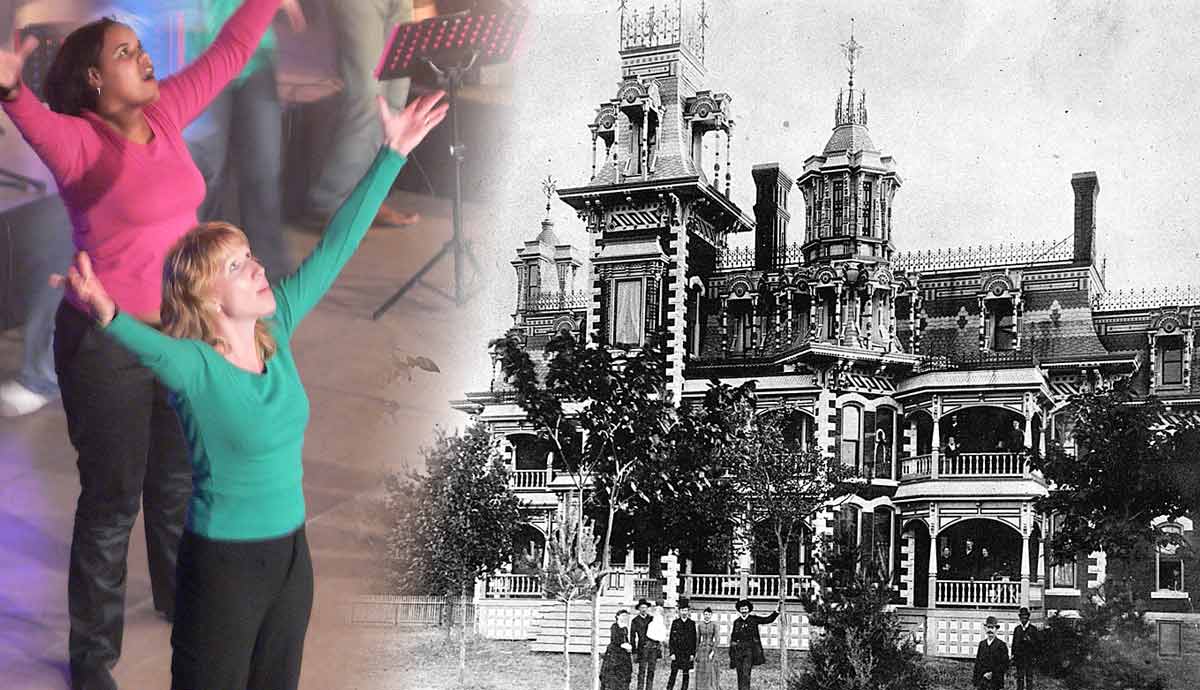
Today, many people in India follow the religious and cultural tenets we now call Hinduism. But where did the belief systems that formed modern-day Hinduism originate? Part of the answer can be located thousands of years in the past, in and around modern-day India. Much of modern Indian culture and belief—Hindu and otherwise—can be traced all the way back to the ancient Indian scriptural texts known as the Vedas.
Origins of the Vedas

The Vedas, named after the Sanskrit word vid, meaning knowledge, was communicated and passed down orally for many generations in ancient India, starting all the way back in the first millennium BCE. Ancient Indo-Aryan tribes who migrated into the Indus River Valley brought the ritual traditions of the Vedas with them, refining and developing them into oral scripture over hundreds of years. Eventually, the Vedas were written down in Sanskrit, and continue to be passed down as written texts to this day.
There are a total of four original Vedas, referred to as the Vedic Samhitas to differentiate them from later additions; they are the Rigveda-Samhita, the Yajurveda-Samhita, the Samaveda-Samhita, and the Atharvaveda-Samhita.
The Four Samhitas

The first Samhita, the Rigveda-Samhita, is composed of spoken hymns, or mantras. The Rigveda-Samhita’s hymns worship numerous deities, each representing different elements of nature. The most important deities are the gods representing creation, preservation, and judgment. The Rigveda-Samhita also introduces three central ideas of Indian religion and philosophy: absolute reality, called Brahman, God as a person, named Isvara, and the idea that reality is a single, orderly unity. Like all the Vedic texts, the Rigveda-Samhita puts forth a number of different arguments, which led to the development of many forms of practice and belief.
The second Samhita, the Samaveda-Samhita, complements the Rigveda-Samhita by transforming its mantras into ritual melodies to be sung by believers. The melodies of the Samaveda-Samhita inspired much of the music and dance that is so important to Hinduism today.
The third Samhita, the Yajurveda-Samhita, is a manual of rituals. Some of these are written as mantras, and some as prose. The majority of the rituals laid out in the Yajurveda-Samhita involve offerings or sacrifices to the gods.
The fourth Samhita, the Atharvaveda-Samhita, includes everything from medical manuals to curses, to spells. It also contains a scattering of material related to rituals such as those underlying marriage and royalty.
The Upanishads

The four Vedic Samhitas inspired a vast catalog of “Vedic literature” in the centuries following their popularization among Indo-Aryan tribes. The most important of this Vedic literature is compiled as the Upanishads. The Upanishads include 108 texts written to accompany the four Samhitas as a commentary and expansion and are oriented above all towards the goal of controlling one’s mind through meditation in order to gain insight into the divine. While considered a part of the complete collection of Vedas, they historically form a separate, later addition to the original four Vedic Samhitas. Each of the Upanishads can be traced to one of many early schools of thought inspired by the four Samhitas.
The Upanishads drastically expanded on the Vedic Samhitas. Written as conversations between students and teachers, they expressed the views of ancient rishi (sages). On their quest for a unifying truth underlying all things, the Upanishads present a variety of different philosophical and religious ideas about the nature of the universe. The ideas put forth in the Upanishads generally aim to answer three key questions:
1. Is there something that underlies everything?
2. Is there something in a human being that survives after death?
3. What is the relationship between the self and the external world?
The Upanishads answer these questions in a variety of different ways, according to the schools of thought they belong to. Some, for instance, argue that everything is ultimately reducible to spirit, while others argue that both spirit and matter contain their own forms of existence.

Despite the general alliance of the Upanishads and the Samhitas, the Upanishads do not dogmatically follow the Samhitas’ prescriptions. For example, they are frequently critical of the elaborate sacrificial rituals described in the Samhitas, especially the Yajurveda-Samhita. Instead, the Upanishads argue in favor of the practice of internal, spiritual sacrifice over external, physical sacrifice. They also introduce new ideas, including the doctrines of karma and nonviolence.
Additional Vedic Literature

The corpus of Vedic literature includes two other important types of texts. The first, the Brahmanas, are made up of ritual instructions and commentaries on the original four Samhitas. The second, the Aranyakas, explores the philosophical and religious significance of ritual sacrifice.
Together with the Samhitas, the Upanishads, the Brahmanas, and the Aranyakas make up all of the original Vedic holy texts or sruti. Sruti texts are considered by believers to be eternally-existent texts revealed to the ancient sages. Generations upon generations of Indian religious believers, spiritual practitioners, and philosophical thinkers have built upon these holy texts.
All of these holy texts compiled together form what is now thought of as the complete collection of the Vedas. Accompanying selections of Upanishads, Brahmanas, and Aranyakas are embedded within each of the four Samhitas. Together, these four compilations of sruti make up the four complete Vedas: the Rigveda, the Samaveda, the Yajurveda, and the Atharvaveda.
The final Vedic literature to be composed and spread were the Vedic Sutras, which are made up of ritual directions in straightforward and typically aphoristic form. The Vedic Sutras, unlike the other Vedic texts, are not considered sruti and are not part of the Vedas.
The Influence of the Vedas

The transformation of Vedic religion into the diverse modes of thought, practice, and belief that make up Hinduism is commonly thought to have taken place from 200 BCE–1100 CE. Throughout this period, the epic texts of the Mahabharata and the Ramayana were taken up as religiously significant. The pantheon of gods expanded, with newcomers such as Shiva and Krishna taking central roles. Regardless of the many additions, the Vedas were never left behind in full.
The various styles of thought, belief, and practice captured under the umbrella of Hinduism all in some way follow the Vedas. The influence of the Vedas is present in all Hindu literature, such as the aforementioned epics and the many post-Vedic sutras. Like the Vedas, these Hindu texts do not make up a singular unified belief system. They are the creations of a variety of wildly different schools of thought, that interpret the Vedas in their own ways. Many only take select parts of the Vedas as authoritative.
The widely-misunderstood Hindu caste system also developed out of the Vedic texts. The priestly Brahmin caste, for instance, developed out of the ancient Brahmanical tradition that developed roughly from 1100–500 BCE. The ancient Brahmin, who were placed at the top of the social ladder, were tasked with reading and teaching the Vedas.
Rejection of the Vedas

Other Indian and Southeast Asian religions and schools of thought that do not follow Vedic sruti are still developed in relation to them. Redefining Vedic concepts to create new religious and philosophical systems was common. Likewise, arguing against the followers of the Vedas and their Hindu successors allowed new religious and philosophical thinkers to capture the attention of broad audiences throughout India and beyond.
Buddhism, despite a few commonalities with Vedic thought, does not accept the authority of the Vedas. It completely rejects the Vedic notion of the immaterial self or atman. The Buddha believed that Vedic beliefs and practices failed to understand the nature of reality. He was also critical of the Hindu caste system, arguing that the castes should be organized on the basis of equality instead of on the basis of the superiority of the higher castes.
Jainism, though it has plenty in common with Vedic thought, rejects many of the core principles of the Vedas. For example, Jainists reject the worship of deities and deemphasize ritual. They do not accept the Vedas as an authoritative source of knowledge and do not accept the Vedic notion of a created world emanating from a unified source.
Despite the criticism of Vedic and early Hindu beliefs posed by challengers such as Buddhism and Jainism, the influence of the Vedas has only grown. Today, over 1.1 billion people in India and around the globe practice some form of Hinduism. Many of their core beliefs can be traced all the way back to the Vedas of ancient India.








